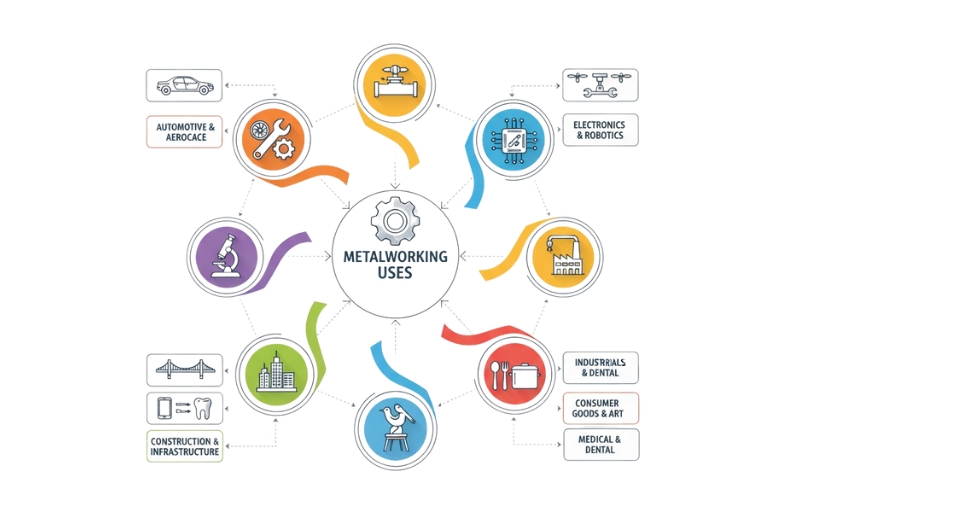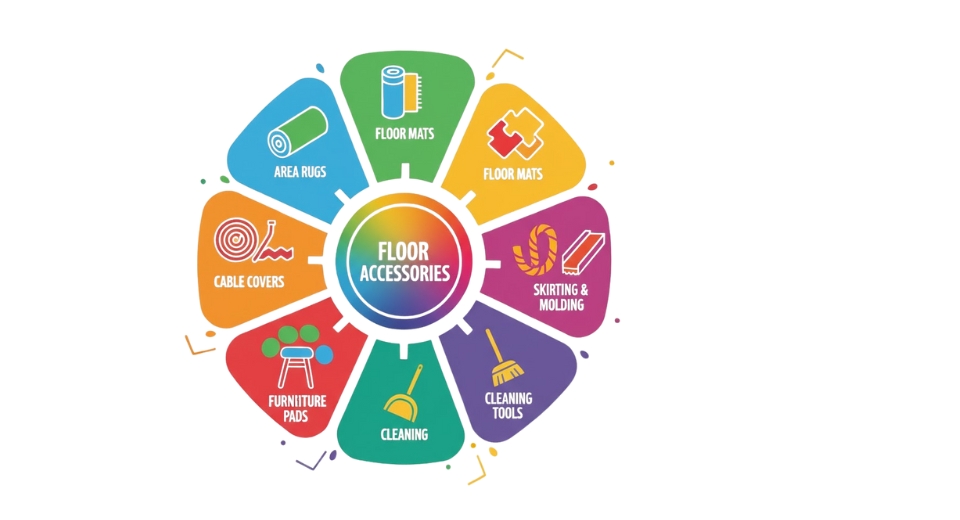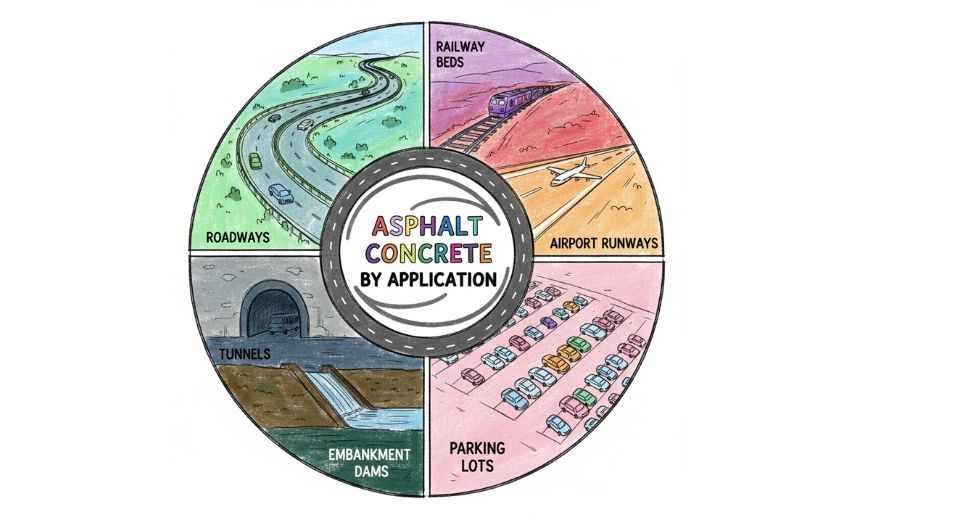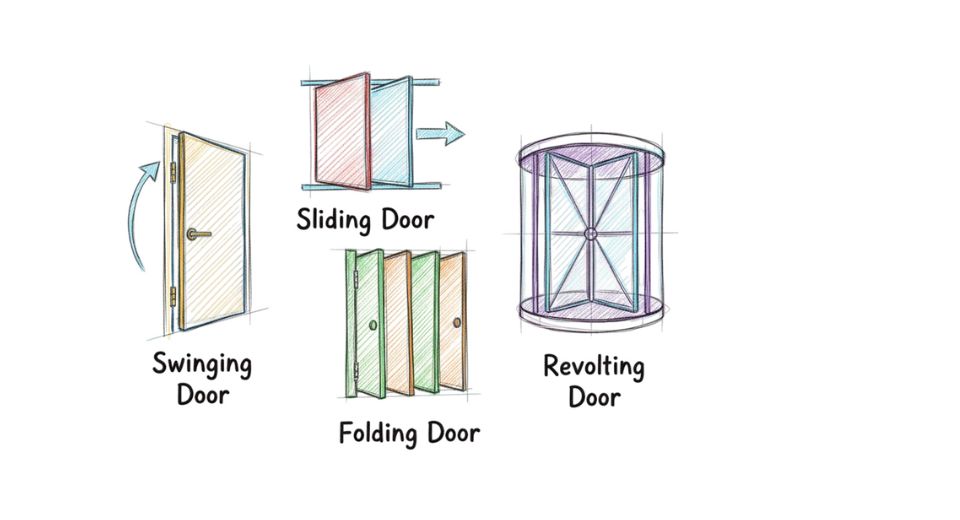Market Overview
Ductile iron pipe, made out of ductile cast iron, is primarily used for the transmission and distribution of drinking water through a set of pipe inlay. Ductile iron pipes are categorically known for their long service life, with several years of working expected from a pipe with proper external corrosion coating.
Market Dynamics
The rising investments and product incorporation in drinking water distribution & wastewater treatment and growing demand for replacement of old products for improvement in underground pipe infrastructure are the primary factors driving the market growth. The construction and building of basic civic amenities include the erection of proper piping systems for the transportation and distribution of drinking water into the domestic homes of the general public, which would boost the prospects of market growth during the forecast period. The massive projects of pipe replacement for old products that have exceeded their limitations of service life would further propel the market growth prospects, increasing the demand for ductile iron pipes. The opening and establishment of new facilities catering to the wastewater treatment in municipal, urban, and rural areas have also augmented the growth in demand for installations of new ductile iron pipes. However, high initial investments and increased product maintenance costs might hamper market growth. The procurement and installation of ductile iron pipes is a capital-intensive affair, with additional expenditure made into the transportation of pipes to installation sites. The maintenance costs of the ductile iron pipes over an extended period of service also amounts to substantial investments, which might act as barriers to the growth of the market. The increasing product integration for irrigational purposes in agriculture-rich developing economies would provide lucrative opportunities for the market in the coming years. The high investments into the expansion of water pipe networks in such areas would present manufacturers with new possibilities of product sales and business expansion over the forecast period.
Market Segmentation
The global Ductile Iron Pipe market is mainly classified based on Diameter Type, Application, and Sales Channel. Diameter Type is segmented into DN 80 - DN 300, DN 350 - DN 600, DN 700 - DN 1000, DN 1200 - DN 2000, and Above DN 2000. By Application, the market is divided into Potable Water Distribution, Sewage & Wastewater, Irrigation, Mining, and Others. Sales Channel is further categorized into Direct Sales and Indirect Sales.
The DN 700 - DN 1000 segment by Diameter Type holds a considerable share in terms of overall market value owing to the need for installation of ductile iron pipes with optimized outer diameters that cater to the domestic needs of houses and also satisfy the commercial purposes of agricultural land irrigation.
In terms of Application, the Potable Water Distribution is the substantially leading segment as continued extension and installment of drinking water pipes are completed to engulf new urban and rural regions into the pre-existing federal drinking water pipe systems. The rapid rate of urbanization has further necessitated the procurement of new ductile iron pipes, bolstering the growth of the segment in the coming years.
Regional Analysis
Based on geography, the global Ductile Iron Pipe market is divided into North America, Europe, Asia-Pacific, South America, and Middle East & Africa. North America is further divided in the U.S., Canada, and Mexico, whereas Europe consists of the UK, Germany, France, Italy, Russia, and Rest of Europe. Asia-Pacific is segmented into India, China, Japan, South Korea, and Rest of Asia-Pacific. The South America region includes Brazil, Argentina, and the Rest of South America. At the same time, the Middle East & Africa is categorized into GCC Countries, Egypt, South Africa, and Rest of Middle East & Africa.
Asia-Pacific is a leading region and holds a significant share in terms of overall market value owing to the growing demand and sales of ductile iron pipes for new systems of potable water distribution and wastewater treatment and management.
Competitive landscape
The Ductile Iron Pipe market is relatively fragmented, with several global and regional companies operating with expansive manufacturing capabilities and extensive product distribution networks. The ability of local companies to compete with global enterprises in terms of product offerings and time of product delivery would likely intensify the overall market competitiveness.
Key players operating in the Ductile Iron Pipe industry include American Cast Iron Pipe Company, Benxi Beitai Ductile Cast Iron Pipes Co., Ltd., CNBM International Corporation, Duktus (Wetzlar) GmbH & Co. KG, Electrosteel Steels Ltd., Jilin Senfeng Pipe Co., Ltd., Jindal SAW Ltd., Kubota Corporation, Kurimoto, Ltd., McWane, Inc., Saint-Gobain PAM, Saudi Arabian Ductile Iron Pipes Company Ltd., Svobodny Sokol LLC, Tata Metaliks Ltd., and Xinxing Ductile Iron Pipes Co., Ltd.
The launch of new products after thorough development and expansion of business opportunities through strategic collaborations and partnerships are the primarily followed business strategies of top players looking to capture substantial market share during the forecast period.
Covid-19 Impact Analysis
The ramifications and ongoing complications that have arisen out of the spread of the Covid-19 pandemic has thoroughly disrupted the supply chain dynamics of the Ductile Iron Pipe market. The issues range from hurdles in the procurement of raw materials to closing down of distribution channels for product deliveries. The restrictive movement of people and goods, with constant monitoring of international shipping and transportation routes, have served up substantial bottlenecks in the operating excellence of ductile iron pipe facilities. The implementation of social distancing rules among workers and staff has considerably reduced the workforce within factories, further damaging the prospects of reaching the monthly average volumes of ductile iron pipe production. The dwindling demands for new orders and challenges in timely delivery of ductile iron pipes have thereby emerged as significant hurdles to the market growth prospects in the ensuing months.
Ductile Iron Pipe Market Key Segments:
By Diameter Type
- DN 80 - DN 300
- DN 350 - DN 600
- DN 700 - DN 1000
- DN 1200 - DN 2000
- Above DN 2000
By Application
- Potable Water Distribution
- Sewage & Wastewater
- Irrigation
- Mining
- Others
By Sales Channel
- Direct Sales
- Indirect Sales
Key Global Ductile Iron Pipe Industry Players
- American Cast Iron Pipe Company
- Benxi Beitai Ductile Cast Iron Pipes Co., Ltd.
- CNBM International Corporation
- Duktus (Wetzlar) GmbH & Co. KG
- Electrosteel Steels Ltd.
- Jilin Senfeng Pipe Co., Ltd.
- Jindal SAW Ltd.
- Kubota Corporation
- Kurimoto, Ltd.
- McWane, Inc.
- Saint-Gobain PAM
- Saudi Arabian Ductile Iron Pipes Company Ltd.
- Svobodny Sokol LLC
- Tata Metaliks Ltd.
- Xinxing Ductile Iron Pipes Co., Ltd.
What Report Provides
- Full in-depth analysis of the parent Industry
- Important changes in the market and its dynamics
- Segmentation details of the market
- Former, on-going, and projected market analysis in terms of volume and value
- Assessment of niche industry developments
- Market share analysis
- Key strategies of major players
- Emerging segments and regional growth potential








 US: +1 3023308252
US: +1 3023308252






